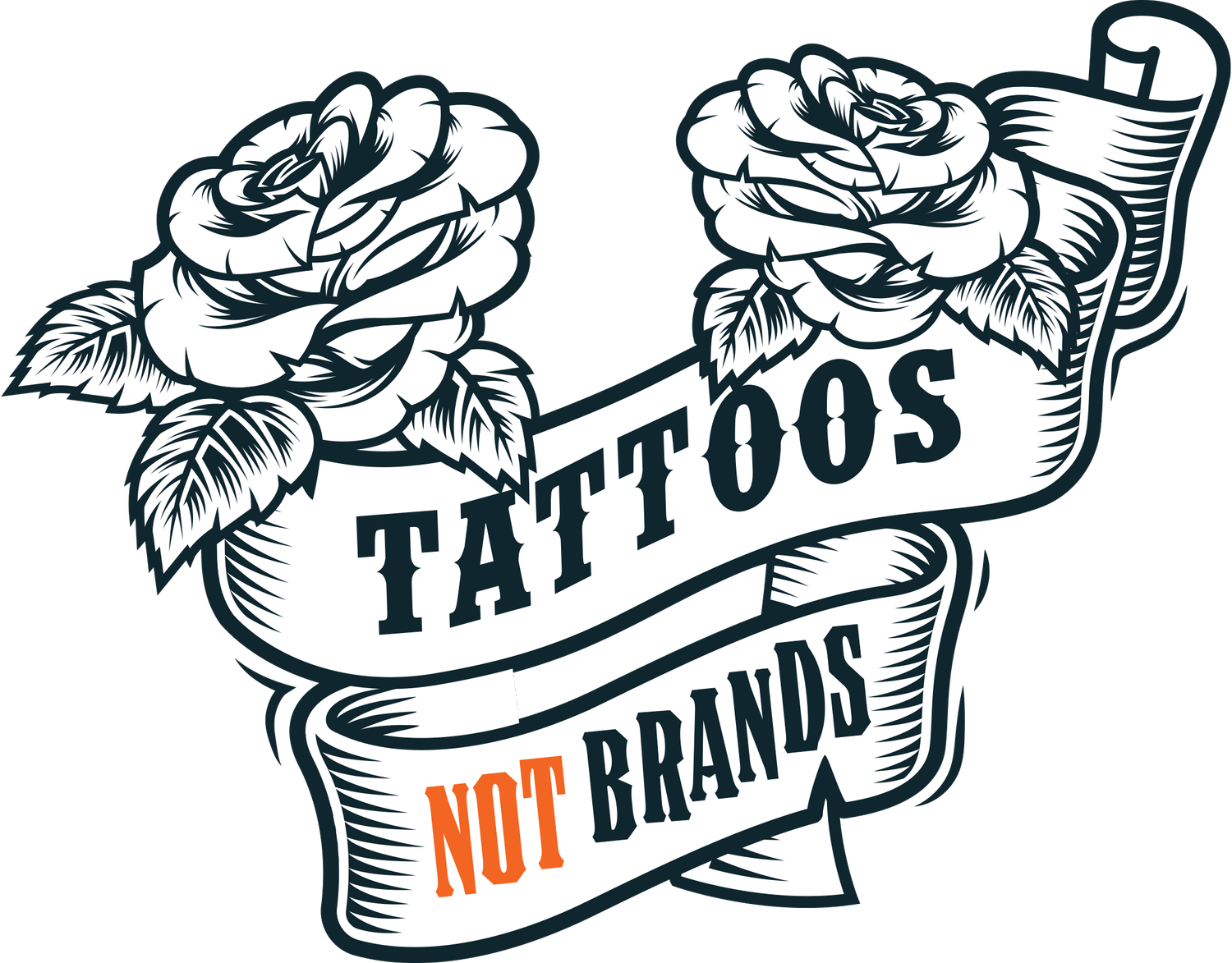
Love it. Hate it. Don’t Miss it.
1997 Biennial at the Whitney Museum of American Art
The Whitney Museum of American Art, a leading institution for U.S. art, showcases extensive twentieth-century and contemporary works, emphasizing living artists. Renowned for its world-class collection of American art, the Whitney focuses on acquisition, preservation, and exhibition. Its flagship, the Biennial, surveys recent American art developments.
This event was a turning point in the genre: installation, sound art, off- site performance art, along with plenty of blue-chip paintings, drawings and sculpture, all coexisting in a sprawling, multi-level exhibition.
The Situation
We struggled with how to promote the installation as a must-see exhibit that would deliver lines of people waiting to get in—the elusive “blockbuster” measure by which most museum marketers judge themselves. Since the production of the quarterly promotional calendar publication was in my purview, we had the responsibility of writing a blurb about the upcoming Biennial. This show was the ultimate opportunity for audiences to stand in judgment of contemporary art. Empowering those who knew the most about art to embrace that concept —the calendar recipients, for example—might be a good pivot point for how we communicated.
The Solution
Love it. Hate it. Don’t miss it. The curators wanted something beautiful and representative of their show, something that—as usual, to be fair—featured a work from the exhibition. We, though, clearly wanted something provocative, something that would empower the audience to make their own judgment about its merit. We wanted something that set the experience we offered apart from those of our peers, and the “Love it. Hate it. Don’t miss it.” tagline did it for us.
Not only did we end up with one of the most highly attended exhibitions in the history of the museum, but we also freed a heretofore indurate blockage in the way we talked about the museum. Our approach made room for a full and honest appreciation of the breadth of user experiences it offered. The ad itself became part of major media reviews, including The New York Times, Chicago Tribune, and The New Criterion, whose piece began:
reads the advertisement, as seen in New York City subway trains for the 1997 Whitney Biennial. Judging from the crowds milling through the Whitney, the majority of visitors who have answered that call seem to be merely curiosity seekers for whom museum exhibitions are less about art than fashion.



